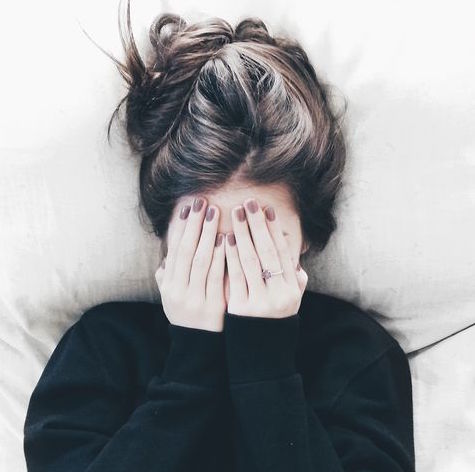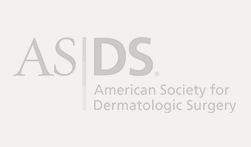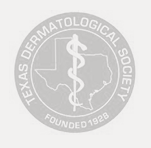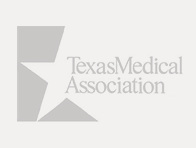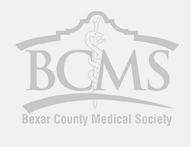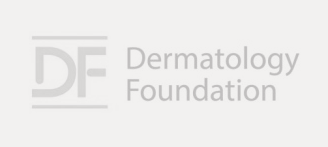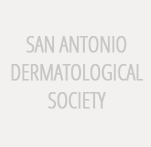Acne is a Four Letter Word
There is an overwhelming amount of information on acne – causes, types, stages, treatments, lasers, lotions, potions, gels, supplements, diets and remedies so strange and disturbing it makes you almost fearful for some people. Bottom line: there is no “one treatment fits all” (or even most) when it comes to this very common and complicated skin disease. There are, however, basic keys to effective management of acne: 1) Remove dead skin cells 2) Reduce inflammation and destroy bacteria 3) Support proper wound repair to speed healing and prevent scarring.
But first, let’s talk types (btw they are all bad boys) –
WHITEHEADS + BLACKHEADS (Non-Inflammatory Acne)
Visual (must paint the picture): Whiteheads are tiny bumps with white dots in the middle. They can make a solo appearance but usually show up to the party in groups, particularly on the forehead, the chin, and the nose. Blackheads look like black tar filled pores, ranging from small specks to large dots.
Reason: Both are clogged pores (comedones). When oil (sebum) and dead skin cells mix, the dead cells clump and become sticky, blocking the opening of the pore. Blackheads (open comedones) result when air enters the pore and oxidizes the oil component of the sticky dead skin cells. A clogged pore is the first stage in the unwelcome birth of a pimple.
Treatment (Product): Salicylic acid. This beta hydroxy acid dissolves clogs and prevents surface build-up of dead skin cells. Oxygen and sebum can then easily flow through pores. Salicylic acid also helps destroy acne causing bacteria.
PAPULES (Inflammatory Acne)
Visual: Small tender, red bumps without a white “head,” aka pimples.
Reason: P-acnes Bacteria. Without oxygen, bacteria grows, feeding on sebum and developing into an infection within the clogged pores. The skin then ruptures, forming red, tender, angry bumps. These bumps are called papules.
Treatment (Product): Benzoyl Peroxide. Benzoyl Peroxide (BP) helps destroy bacteria and reduce inflammation. Be warned, BP can really dry out skin, causing discomfort, sensitivity and a rapid build-up of dead skin. This rapid build-up of dead skin covers pores, perpetuating the acne problem (see Whiteheads + Blackheads). To prevent excessive dryness, don’t over-use BP products and moisturize as needed.
FYI – BP products can fade colors in fabrics such as clothing, towels, bedding. Suggestion: wear white clothing if using on chest or back, sleep on white pillowcases, and use white towels.
BTW – The inflammatory stage of acne generally is the best time to see your dermatologist.
In-Office Treatments: Chemical Peels, SilkPeel Dermalinfusion (Acne Version) and Acne Blu-U, Laser Genesis
PUSTULES (Inflammatory Acne)
Visual: Looks like a whitehead but on a red, inflamed bump.
Reason: Bacteria feeds on sebum and causes infection and inflammation; inflammation brings in white blood cells to fight the infection; these white blood cells die, accumulate in the pores and turn into pus.
Treatment: See your dermatologist if there are more than a few papules or pustules present and OTC products are not improving your acne situation. Acne is more easily controlled at this stage than at advanced stages, preventing the potential for scarring and reducing the time of your distress in dealing with your acne issues.
In-Office Treatments: See PAPULES
HORMONAL ACNE (Inflammatory)
Visual: Deep cysts/nodules along the chin and jawline.
Reason: Cyclic hormonal fluctuations, diet, stress and the resultant increase in cortisol levels, which in turn stimulates oil glands to produce more sebum.
Treatment: SEE YOUR DERMATOLOGIST. Hormonal acne must be treated with both oral and topical medications such as birth control pills, spironolactone, antibiotics, products, etc.
A diet high in sugar and dairy contribute to all types of acne, but especially this one.
Simply, sugar is superfood for infection, and there is no such thing as hormone free dairy products.
To modify cortisol levels, a nice, long vacation can help.
CYSTIC ACNE (Inflammatory)
Visual: Large, painful, red, angry bumps.
Reason: Genetics and hormonal stimulation of oil glands generally are to blame. Infection and inflammation at skin surface and deep within skin layers.
DO NOT EVEN THINK OF PICKING THESE BUMPS! They are deep and picking will cause the infection to go even deeper and spread between skin layers, perpetuating the issues and solidifying the chances for scarring.
Treatment: SEE YOUR DERMATOLOGIST. Sorry, but self treating this type of acne basically is ineffective. Delaying medical treatment only will increase risk of scarring, prolong your suffering and likely negatively impact your quality of life.
Regardless of your acne type, there are two important things to remember:
- You are not alone.
- It is possible to get your acne situation under control. Know your options. Call us – (210) 224-1034.

